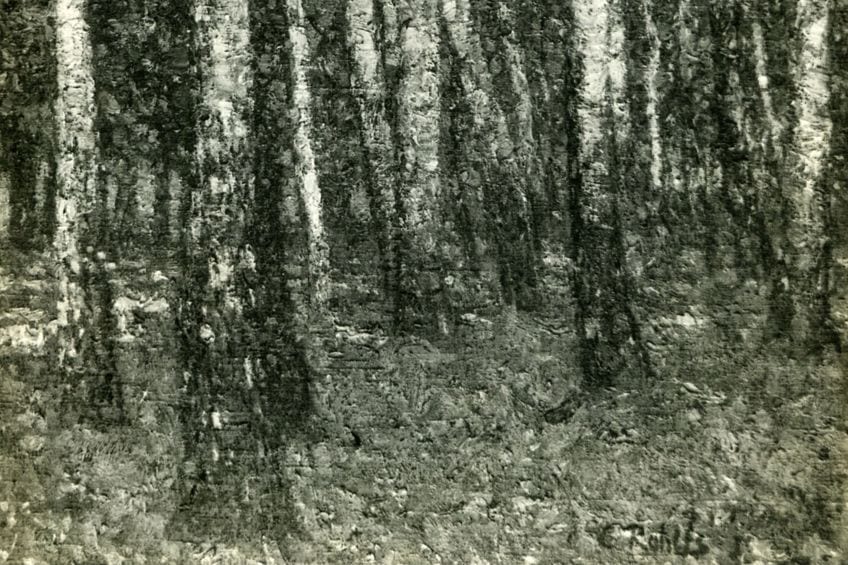What Is Frottage in Art? – A Creative Texture Technique
There are so many different types of techniques in art today that are easily understood and practiced by professional artists or painters. However, for most of us who practice art as a hobby, these techniques often pose questions that we do not understand. This may well be the case with frottage. So, what is frottage in art? We will be going into this technique in more detail and try to help you understand and practice this unique form of art.
Contents
What Is Frottage in Art?
Frottage originates from the French term frotter, meaning to “rub” or to “scratch”. The frottage printing technique is done by taking a piece of paper or canvas and placing it over a rough object with a textured surface. Then take a piece of chalk, pencil, crayon, graphite, or any other medium you choose, and rub over it. You will then transfer or translate the image of the object onto the piece of paper or canvas.
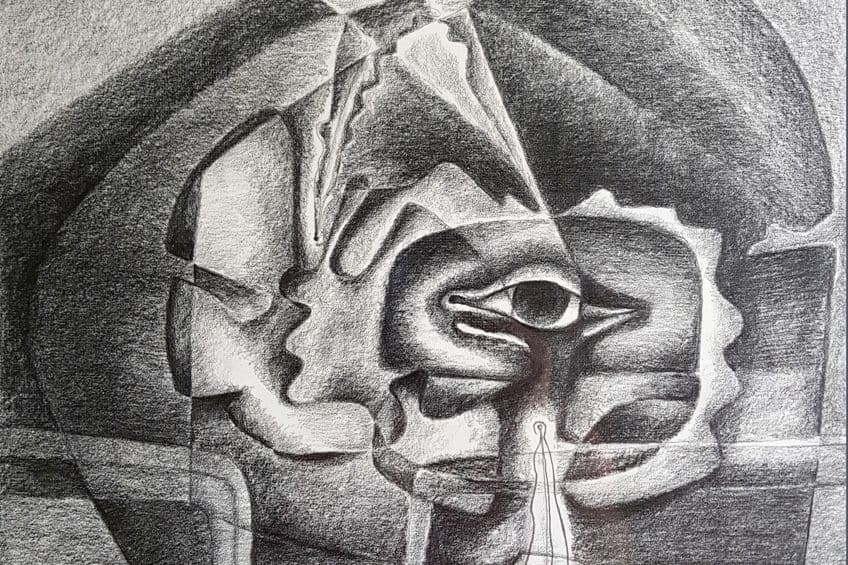
I am sure many of us, as children, have practiced this technique before, by taking a coin and placing a piece of paper over it, then using a pencil and rubbing the surface of the coin to see the image appear on the piece of paper. The frottage techniques combine other art elements like printing, sculpting, and drawing.
Once you have completed the transfer of your object to the paper or canvas, you can leave it like it is or you can use it as a foundation or source for further refinement. This technique is like brass rubbing, which is also a form of frottage, or other rubbing techniques that reproduce an existing object. The introduction of the frottage technique was an approach or process of Surrealism.
The artist uses their imagination to invent a different painting using the frottage technique. This reduces the rational intervention of the artist to a minimum.
History of Frottage in Art
Frottage techniques were practiced in ancient China around 1860, as well as in classical Greece. The idea was to produce a simple copy of an image and reproduce it onto a piece of rice or parchment paper. However, it was only formally developed in the 20th century through what was known as the “Avant-Garde” movement of Surrealism.

The person who pioneered the development of this technique was Max Ernst in 1926, a German- American, who made use of this technique consistently. For example, in his art collection of nature-inspired drawings that was titled Historie Naturelle (Natural History). Ernst explains that the inspiration for this technique came to him in 1925 when he looked at the wooden floor in his house. The different grain patterns of the wood led to astonishing images in his mind, which made him decide to capture these images on some paper.
He then placed pieces of paper on the floor and began to rub over them with a pencil, transferring those images directly onto the paper. This action, or frottage, was the first he used for his natural history drawings, transforming them into mysterious birds and creatures. He also started incorporating the frottage technique in his oil paintings.
The frottage technique is constantly explored and practiced by draftsmen in studios throughout the world, even today.
Related Drawing and Painting Techniques
There are numerous techniques used for drawing and painting, but in this article, we are concentrating on frottage, which is the technique used for transferring an image of a certain object and reproducing it on a piece of paper or canvas, using the rubbing process we described above.
A few other techniques stem from the frottage process, and Max Ernst was also responsible for developing these other techniques. One such painting technique is grattage, which is a French word for “scrapping”, whereby the artist lays a prepared canvas containing oil paints over a rough textured object. Then, using a spatula, the paint is scraped off the canvas, creating a very unexpected and interesting surface. Another painting technique is called the dripping technique, where a canvas is laid down on the floor and the paint is poured onto the canvas directly from the can. This painting technique is more commonly used in action paintings.
The art created using these painting techniques can be applied just as they are, or they can be used as a starting point for the artist to create some more elaborate images and textures at a later stage.
Famous Paintings and Artists Using the Frottage Technique
Max Ernst was the pioneer in developing the frottage technique and gave the technique its name. His work and ideas influenced many of his fellow Surrealists, who started to use the technique in their paintings as well. Let us now consider two frottage art examples of paintings and artists.
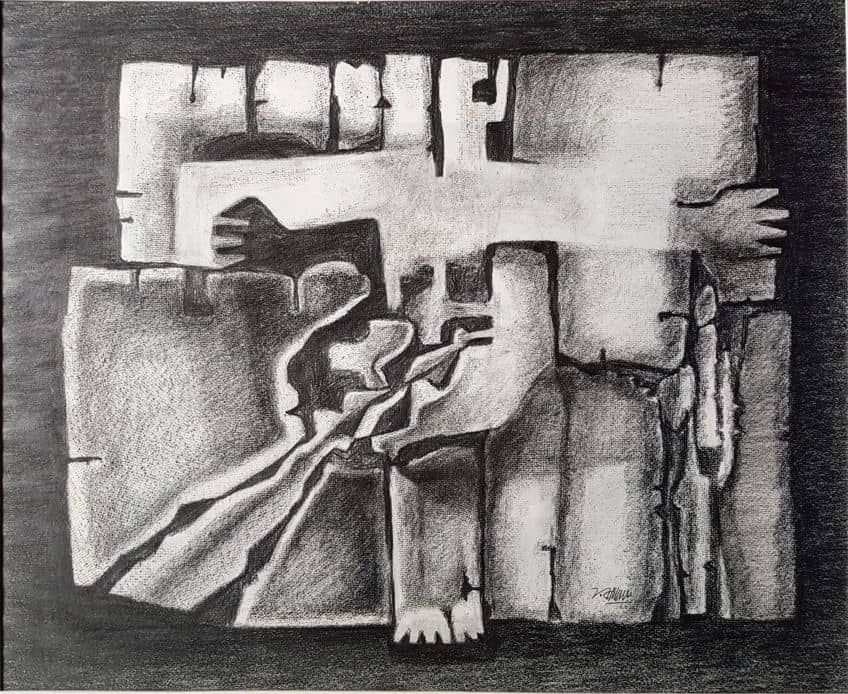
Forest and Sun (1927) by Max Ernst
| Date completed | 1927 |
| Medium | Oil paint on canvas |
| Dimensions (cm) | 66 x 82 |
| Gallery | The Museum of Modern Art, New York City, United States |
This famous art piece was drawn by Max Ernst, and it recounted his fascination and fear of the forest that surrounded the house where he lived. Many of his works of art were created with a connection to nature. He linked this landscape scene to the tradition of Romanticism, where there appears to be an invisible realm that is working with the natural world we live in. In this dark and very mysterious petrified forest scene, Ernst applied the grattage technique, where he scraped some dry paint off the canvas, creating an encircled sun right in the center of his composition.
This painting is one of five that the artist created, all involving scenes of nature.
Sidewalk Rubbings (1953 – 1955) by Sari Dienes
| Date completed | 1953 – 1955 |
| Medium | Ink on webril cotton cast padding |
| Dimensions (cm) | 91 x 183 |
| Gallery | The Drawing Center, New York City, United States |
Another frottage example is that of Sari Dienes, the artist experimentally used the frottage technique to create bold works on paper of the vibrant terrain that was New York City. She would transfer drawings of subway grates, manhole covers, and sidewalks of New York streets. These produced images that were abstract patterns of subjects that were highly recognizable.
She would go out into the urban hangouts of New York City armed with her ink roller.
She would then choose the uneven subject surface she wanted to transfer and apply the ink to the subject and use the rubber roller to transfer the image onto a piece of webril cotton cast padding. She produced eight art pieces in this fashion, using the frottage technique during the period 1953 to 1955, and her work impacted other young artists like Jasper Johns and Robert Rauschenberg.
Other Notable Artists Using the Frottage Technique
Apart from Max Ernst, who originally developed and named the painting technique of frottage, many other notable artists also made use of the frottage technique and produced some notable frottage art. These artists added a new dimension to the techniques and art world.
- Christan Rohlfs (1849 – 1938)
- André Breton (1896 – 1966)
- Sari Dienes (1898 – 1992)
- Henri Michaux (1899 – 1984)
- Roland Penrose (1900 – 1984)
- Louise Bourgeois (1911 – 2010)
- Robert Indiana (1928 – 2018)
- Giuseppe Penone (1947 – Present)
How to Use the Frottage Technique in Your Paintings
By studying some frottage art examples, you too can produce your own artwork. If you want to start making use of the frottage techniques in your painting, and you are not too sure how to go about the whole process, we will now provide you with a step-by-step process. To start, you need the correct supplies.
- Thin paper
- Newsprint is ideal for this purpose
- A stick of charcoal or a pencil
- Fixative
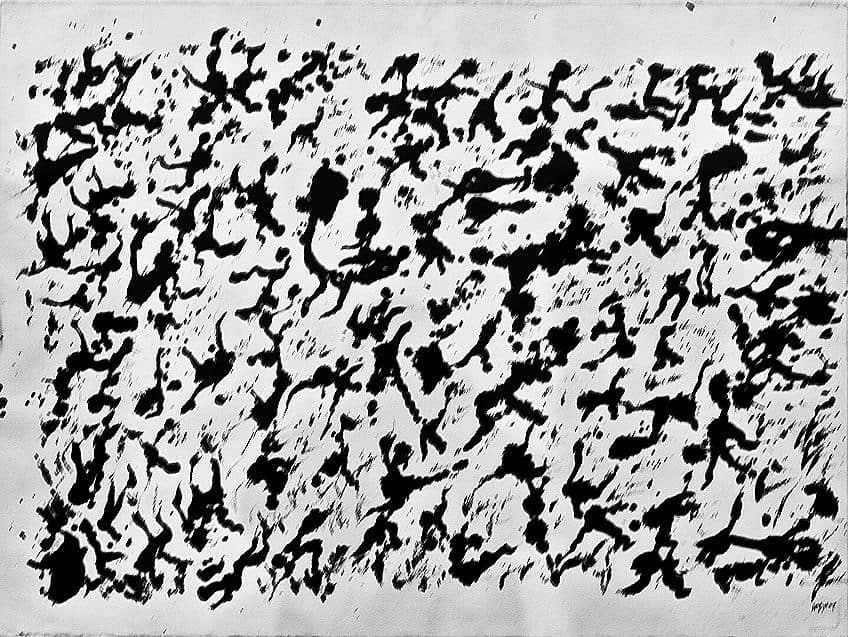
The fixative is a solution that you can use on your frottage to prevent it from smudging. Lastly, you need an open mind with an experimental attitude and a surface that has a rough texture that intrigues you. You need to select a subject, which can be anything. However, landscapes are best to use as they lend themselves perfectly to the frottage process. From the environment around you, select several different textures and place your paper over them. Now rub it firmly, which will transfer the image onto the paper.
You should have your landscape scene clearly in your mind.
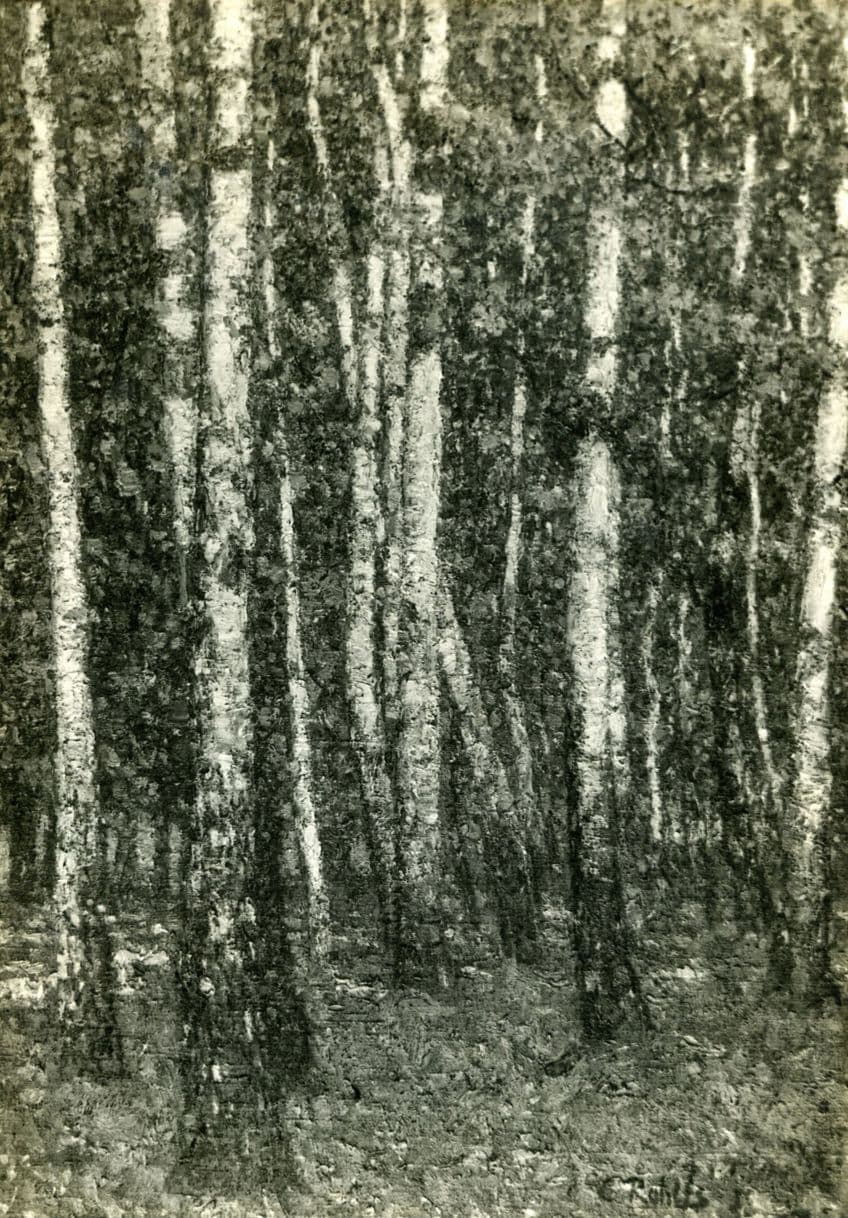
You can take ideas from what is around you, or from a picture, and then you need to make a basic sketch of that landscape scene. Next, transfer that sketch to a larger piece of paper or canvas, making sure it has a good sense of depth, a clear foreground, a middle ground as well as an identifiable horizon. Lastly, you can go and fill in the shapes of your silhouette sketch with the different texture rubbings you collected, giving a good impression of the landscape scene you sketched. You have then successfully created your own landscape painting, making use of the frottage technique.
Frottage is a drawing technique that can be practiced and enjoyed by people of all ages, from young children to the older generation. As we have mentioned, you have most probably done a basic form of frottage with a coin. The professional artist has just taken this simple step a little further by applying the images and creating all the details in their art piece.
Frequently Asked Questions
What Materials Are Needed to Make Frottage Art?
You can create frottage art from a variety of different materials such as pencils, graphite, pastels, charcoal, crayons, paint, ink, and charcoal pencils, as well as watercolors. Other materials necessary are pressed leaves, coins, fabric, or any other item that has a rough textured finish.
What Is Meant by Frottage Printing Technique?
What is frottage in art? It is an art or painting technique where a pencil, crayon, or other drawing tool is taken and rubbed over any rough textured object, creating an impression of that texture on a piece of paper or other drawing material. This image is then captured on paper and can be used in further designs of your art pieces.
What Type of Drawing Pencils Are Best to Use for Frottage Art?
You can use any type of drawing pencil or another soft medium, but the best type of pencil to use is a darker form, which includes the 2B, 3B, 4B, or 5B type. Pencil types like 2H or higher will not work very well, as the lead is too hard and will produce a much lighter image than the pencil with a softer lead.
Megan is a writer and researcher who holds a degree in Social Sciences, with a specialization in Psychology and Environmental Science, from the University of Cape Town. Her dedication to acquiring knowledge and making a positive impact has driven her current work in promoting conscious and sustainable growth in Southern Africa. Megan’s interests encompass exploring the physical and psychological impacts of color in our environment on our mood and well-being. She is also passionate about the role of art and creativity, which has been an integral part of society since the beginning of human history. Since 2022, Megan has been contributing blog posts on painting and color theory at artfilemagazine.
Learn more about Megan van Schoor and about us.
Cite this Article
Megan, van Schoor, “What Is Frottage in Art? – A Creative Texture Technique.” artfilemagazine – Your Online Art Source. October 9, 2023. URL: https://artfilemagazine.com/what-is-frottage-in-art/
van Schoor, M. (2023, 9 October). What Is Frottage in Art? – A Creative Texture Technique. artfilemagazine – Your Online Art Source. https://artfilemagazine.com/what-is-frottage-in-art/
van Schoor, Megan. “What Is Frottage in Art? – A Creative Texture Technique.” artfilemagazine – Your Online Art Source, October 9, 2023. https://artfilemagazine.com/what-is-frottage-in-art/.


